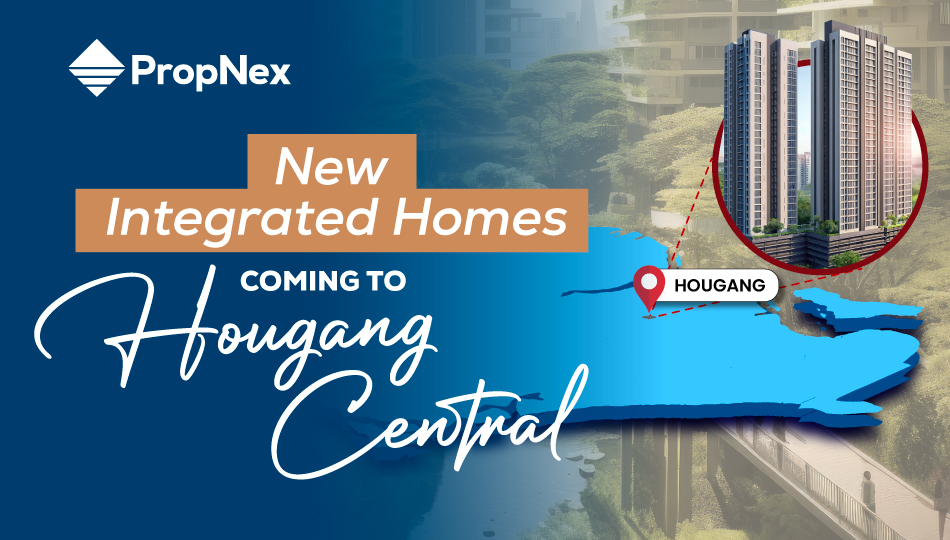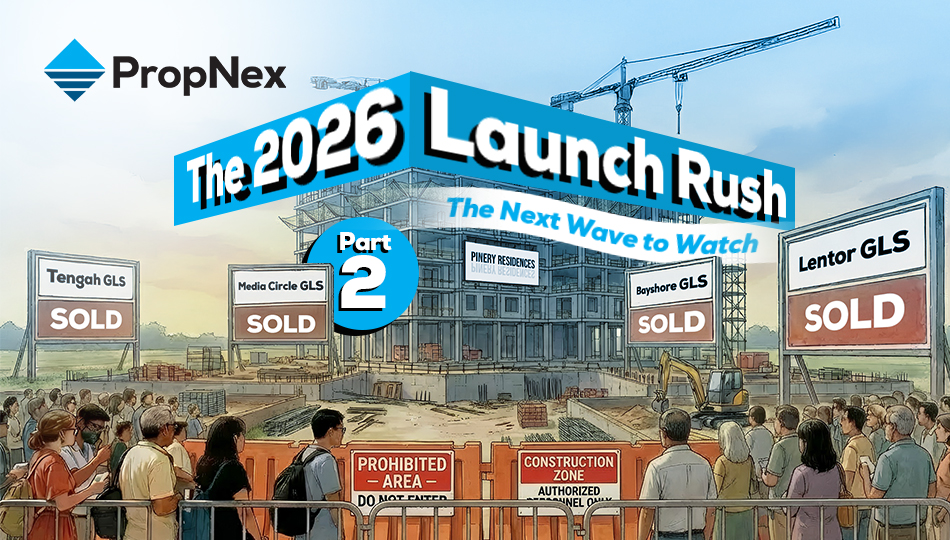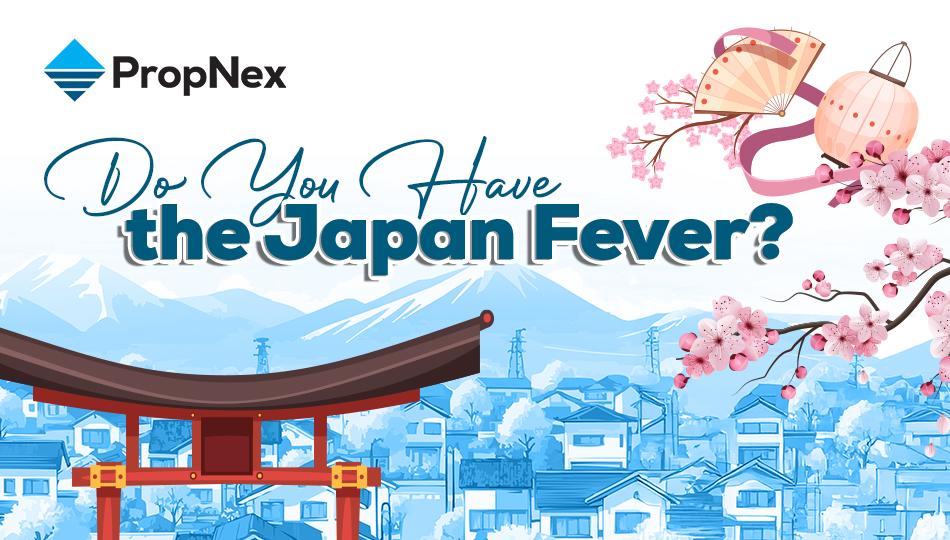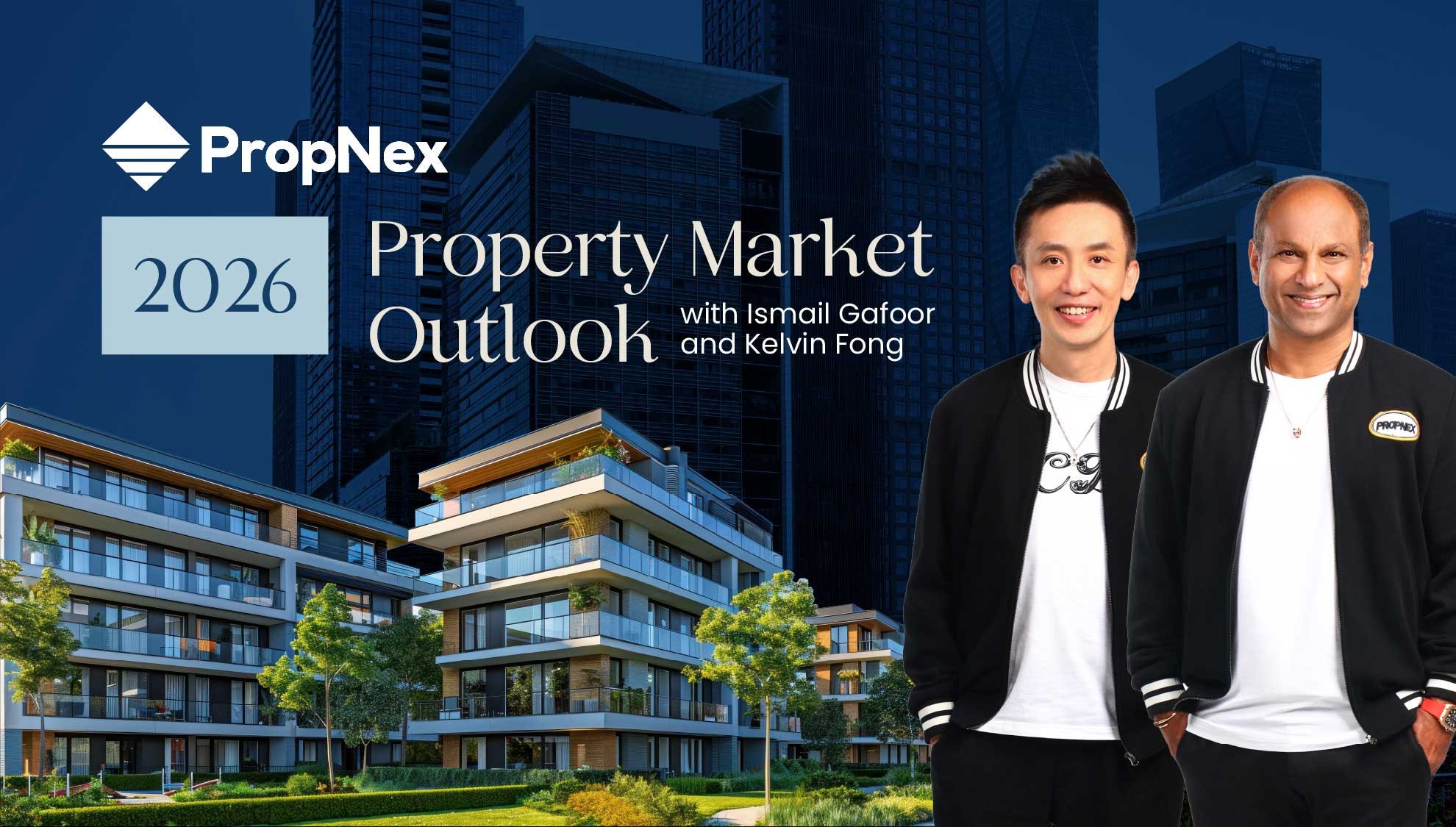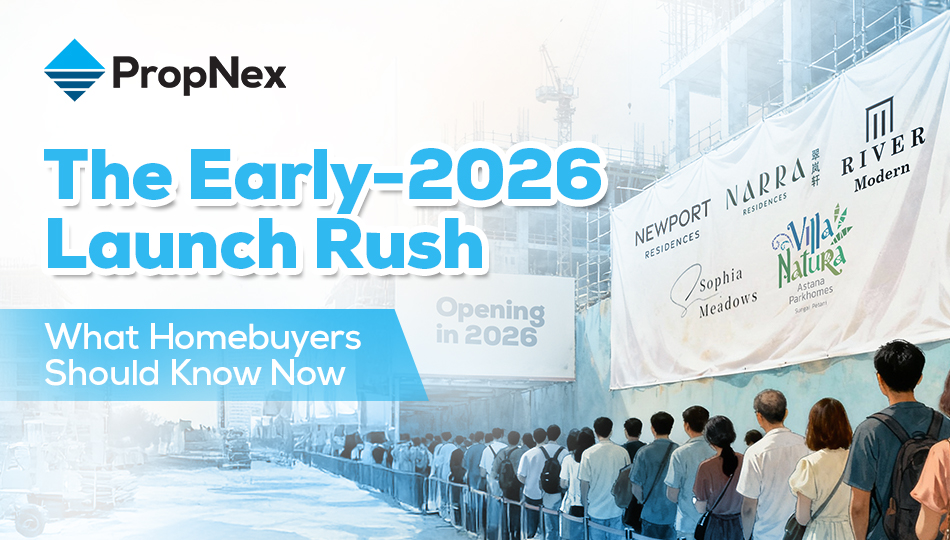Are There Still Value To Ulu HDBs?

Nobody can deny the fact that location is important when choosing a property. In a nation like Singapore where convenience is paramount, everybody appreciates staying near essential amenities, such as public transport, shopping centres, and eateries.
Hence, when successful property investors are asked, their #1 mantra is "LOCATION! LOCATION! LOCATION!" That being said, does that mean that prime locations are always better than the ulu ones? And what constitutes "ulu"?
If you are considering purchasing your first HDB today, you might be familiar with the terms: mature and non-mature estates. However, that era is soon over. From the second half of 2024 onwards, HDB projects will be classified as standard, prime, and plus, depending on the level of connectivity and surrounding amenities.
Let us zoom out and look at Singapore as a whole. The country is divided into three key regions: Core Central Region (CCR), Rest of Central Region (RCR), and Outside Central Region (OCR). Within each of the regions are a well-planned mix of standard and plus HDBs, while prime apartments are mostly located in CCR and RCR.
That being said, where is considered ulu (ooh-loo)? For the benefit of our non-Singaporean audiences, ulu is a Malay term that means out of the way or deserted.
Not that kind of desertedness. There is no distinct definition per se. Any place in tiny Singapore that has few to no people or takes more than one hour public transport to get to, is considered ulu. That being said, you can find it being used in some road names, such as "Jalan Ulu Siglap" and "Ulu Pandan", which in these cases mean upstream. However, Singaporeans also jokingly use it to describe certain groups of estates, such as Woodlands, Choa Chu Kang, and Jurong West.
Whether your HDB is "ulu" or not, there is always something to look out for when considering its growth potential. That is where the mantra "location, location, location" applies. It does not mean solely considering properties in the prime locations. Let us explore the numbers to get a better understanding of what I am saying.
The overall trend of the HDB resale market has risen exponentially over the years, even outpacing the private resale market since the start of COVID.
Source: HDB (retrieved on 7 June 2024)
This is due to the increased demand for larger spaces. With more individuals working from home and spending extended periods indoors, there was a surge in demand for larger living spaces, leading to higher demand for resale apartments with larger floor areas or more rooms. There was also a delay in the construction of BTOs due to supply chain disruptions and labour shortages, reducing the supply of new flats, leading more homeowners to turn to the resale market. All these factors led to increasing prices and demand for resale flats.
The GST increase can also result in a surge in the price index of HDB resale flats. It leads to increases in the cost of construction materials and services. Contractors and developers may pass these additional costs onto buyers in the form of higher prices for new flats, making them more expensive, driving more buyers to the resale market, and increasing their prices and demand. It can also be factored into renovation expenses, resulting in homeowners setting higher asking prices to offset their costs.
In order to ensure that HDB remains affordable and accessible to Singaporeans, the government may enhance or introduce grants and subsidies targeted at homeownership, particularly for first-time buyers or those in lower-income brackets. From June onwards, couples eligible for the deferred income assessment will enjoy a reduced upfront downpayment for BTO units of 2.5% of the apartment price, instead of the standard 5%. This can help offset the increased costs associated with purchasing resale flats, making homeownership more affordable and accessible, while relieving both sellers and buyers in the resale market, stabilising prices in the short term.
HDB will also be launching to the market a new generation of BTO apartments in October called white apartments which are essentially 3- and 4-room open-concept BTO apartments. They will be launched and tested in the Kallang-Whampoa estate, one of the most highly sought-after estates today. The government has also announced BTO plans for the Bayshore estate, which boasts new features, such as car-lite roads as well as sustainable smart tech living. In addition, some new BTO projects will be completed in a shorter time frame, reducing the waiting time from the typical 4-5 years to around 2.5-3 years. These plans aim to address the high demand for public housing, providing quicker access to new homeowners.
As mentioned earlier, we will be looking at some of the ulu localities, such as Woodlands, Choa Chu Kang, and Jurong West, and pit them against the overall HDB resale market. That being said, Singapore's compact size and incredible connectivity make even the most ulu estate not as ulu as we think.
For the sake of this article, and this is a good distance gauge for Singaporeans looking at purchasing a property, HDBs that are at most a 10-minute walk (800m) from the MRT station are considered near, and HDBs that are at least a 20-minute walk (1.6km) from the MRT station are considered far (ulu). Here is how they fare in the past decade.
Source: PropNex Investment Suite
The blue line represents HDBs that are near to the MRT station, while the orange line represents HDBs that are far from the MRT station. From the results, you can see that the further the HDBs are located from the MRT station, the lower the property value (psf). However, the difference in property value is not that different. What if we look at specific districts, which in this case, consist of our three ulu locations: Choa Chu Kang (D23), Woodlands (D25), and Jurong West (D22)?
Jurong West vs D22 vs All of Singapore
| Year | All of Singapore (psf) | D22 (psf) | Jurong West (psf) |
| 2014 | $441 | $399 | $393 |
| 2024 | $585 | $496 | $494 |
| Value Appreciation | +32.65% | +24.31% | +25.70% |
Source: PropNex Investment Suite
What used to be filled with thick jungles, low hills, plantations, villages and swamps, Jurong West is currently the largest town in the Western region of Singapore. In fact, Jurong used to be one of the top on the ulu list. In the early 1960s, Dr Goh Keng Swee, who was the Finance Minister then, debated on the plan to develop the estate into an industrial town. However, the government went ahead with the plan despite our nation's little experience with industralisation. In less than a decade, the estate become the industrial epicentre. Just a stone throw away are Jurong Island and Tuas, which are two of the major locations for many manufacturing plants.
This, in my opinion, could be the reason for the low value appreciation. Not only are Singaporeans not keen to stay near industrial areas, but the estate is located too far from the city as well as lack established connectivity, such as direct access to expressways and MRT, making it significantly inaccessible.
Currently, the highest transaction recorded in Jurong West is $980,000, a 149 sqm executive maisonette located at Block 471 Jurong West Street 41. Completed in 1985, the unit has 60 years of remaining lease. Despite that, the rarity of jumbo apartments is the main reason for its steep transaction. The average price of HDBs in Jurong West is only $514,045. I went on PropertyGuru and found an executive apartment located at 685A Jurong West Street 64 asking for $1,200,000.
That being said, the Singapore government announced and updated in 2008 and 2017, respectively, their transformation plans to redevelop Jurong West as the second CBD of Singapore, with newer developments, such as Jurong Innovation District and Jurong Lake District, joining the fray. And it has already begun. Still, this might not affect the resale value of HDBs as most of the workers in this industry are foreigners who are not able to purchase a HDB. That being said, I would think that it will boost the private market significantly.
Choa Chu Kang vs D23 vs All of Singapore
| Year | All of Singapore (psf) | D23 (psf) | Choa Chu Kang (psf) |
| 2014 | $441 | $392 | $361 |
| 2024 | $585 | $536 | $485 |
| Value Appreciation | +32.65% | +36.73% | +34.35% |
Source: PropNex Investment Suite
The name Choa Chu Kang consists of two Teochew words, 'Kang' which means river, and 'Chu' which means house or clan. Choa is the clan name of the original headman who was in charge of the pepper and gambier plantations in the area. As such, Choa Chu Kang means "Choa clan river"
In 1977, the first HDB in the neighbourhood was completed.
Currently the highest transaction made in the estate is $907,888, a 142 sqm executive apartment located at Block 342 Choa Chu Kang Loop. Completed in 1993, the unit has 68 years left of remaining lease. The average price in Choa Chu Kang is $550,647. That being said, I went on PropertyGuru and found an executive maisonette located at Block 604 Choa Chu Kang Street 62 asking for $1,100,000.
In 2023, the government revealed their much awaited plans to rejuvenate the estate with better connectivity, recreational spaces, and new mixed-use developments. This spells fortunate news for young Singaporeans who are looking to start and raise a family in quieter and affordable estates, but do not mind the ulu locality.
Woodlands vs D25 vs All of Singapore
| Year | All of Singapore (psf) | D25 (psf) | Woodlands (psf) |
| 2014 | $441 | $365 | $365 |
| 2024 | $585 | $516 | $516 |
| Value Appreciation | +32.65% | +41.37% | +41.37% |
Source: PropNex Investment Suite
Woodlands was known for its heavily wooded area when viewed from Johor. During the 70s and 80s, the majority of the woods was cleared to make way for developments. The Woodlands today is a far cry from its early days, filled with large open spaces, recreational facilities, and parks. Additionally, it holds Singapore's first integrated housing development, Kampung Admiralty, a residential project for the elderly with various retail, commercial, communal, healthcare, and social facilities. Essentially, it is a modern-day kampung.
If you compare the three estates, you will realise that Woodlands has the highest value appreciation, even higher than that of the National average. This is due to the boom in million-dollar apartments in recent years. In 2023 and 2024, Woodlands witnessed several million-dollar executive apartments ranging from 176 to 192 sqm. The highest transaction made was $1,038,000, a 176 sqm executive apartment located at Block 849 Woodlands Street 82. Completed in 1995, the unit has 70 years left of remaining lease. The average price in Woodlands is $554,929. Currently, the highest asking price in Woodlands is $1,288,000 for a fully-furnished jumbo HDB.
From the results above, while it is clear that HDBs in ulu locations do generally command a lower resale value (psf) as compared to the overall HDB market, it is not a significant difference. In fact, some showed even better value appreciation over the years. There are some factors that might have contributed to the results:
- Ulu HDBs were already more affordable to begin with. As such, when the market conditions were ideal, they had more room for gains.
- Singaporeans are beginning to care little about lease decay, prioritising space over accessibility.
- Apart from being far from the city or CBD, they are not exactly ulu due to Singapore's compact size and well-planned infrastructures, such as decentralised business and industrial parks, which leads to an influx of businesses and workers. Additionally, such developments also open up new job opportunities, reducing the need for long commutes. This makes living in these areas more desirable and convenient, increasing the demand for housing, and subsequently, property value retention or even appreciation.
- Some Singaporeans see them as potential investment opportunities. Singapore's infrastructure is constantly evolving, with more decentralised hubs, MRT stations, and malls being developed every couple of years. Hence, what may be ulu now may not be ulu in the future. This assumption is not wrong, seeing that HDB has now scrapped the non-mature/mature system.
Looking at the above results, I do believe that while ulu HDBs are generally cheaper as compared to less ulu HDBs, their values are by no means lower. That being said, the ulu aspect does affect your rentability, should you be looking at the rental market.
Tenants working in the CBD are certainly not interested in waiting for the right amenities to be developed while they are renting the HDBs there; and not every foreigner can afford to drive. However, tenants working in areas, such as Jurong Island, Jurong industrial park, and Woodlands industrial park, could benefit from living near their workplace.
Hence, if you are looking to purchase a resale in these locations for renting out, you might want to consider carefully. But this is a whole other topic for another discussion.
Nevertheless, should you be looking at resale gains, I believe that their value will still appreciate. It is just a matter of holding on till the right time. What do you think? Would you purchase an ulu HDB? Leave your thoughts below.
Views expressed in this article belong to the writer(s) and do not reflect PropNex's position. No part of this content may be reproduced, distributed, transmitted, displayed, published, or broadcast in any form or by any means without the prior written consent of PropNex.
For permission to use, reproduce, or distribute any content, please contact the Corporate Communications department. PropNex reserves the right to modify or update this disclaimer at any time without prior notice.



